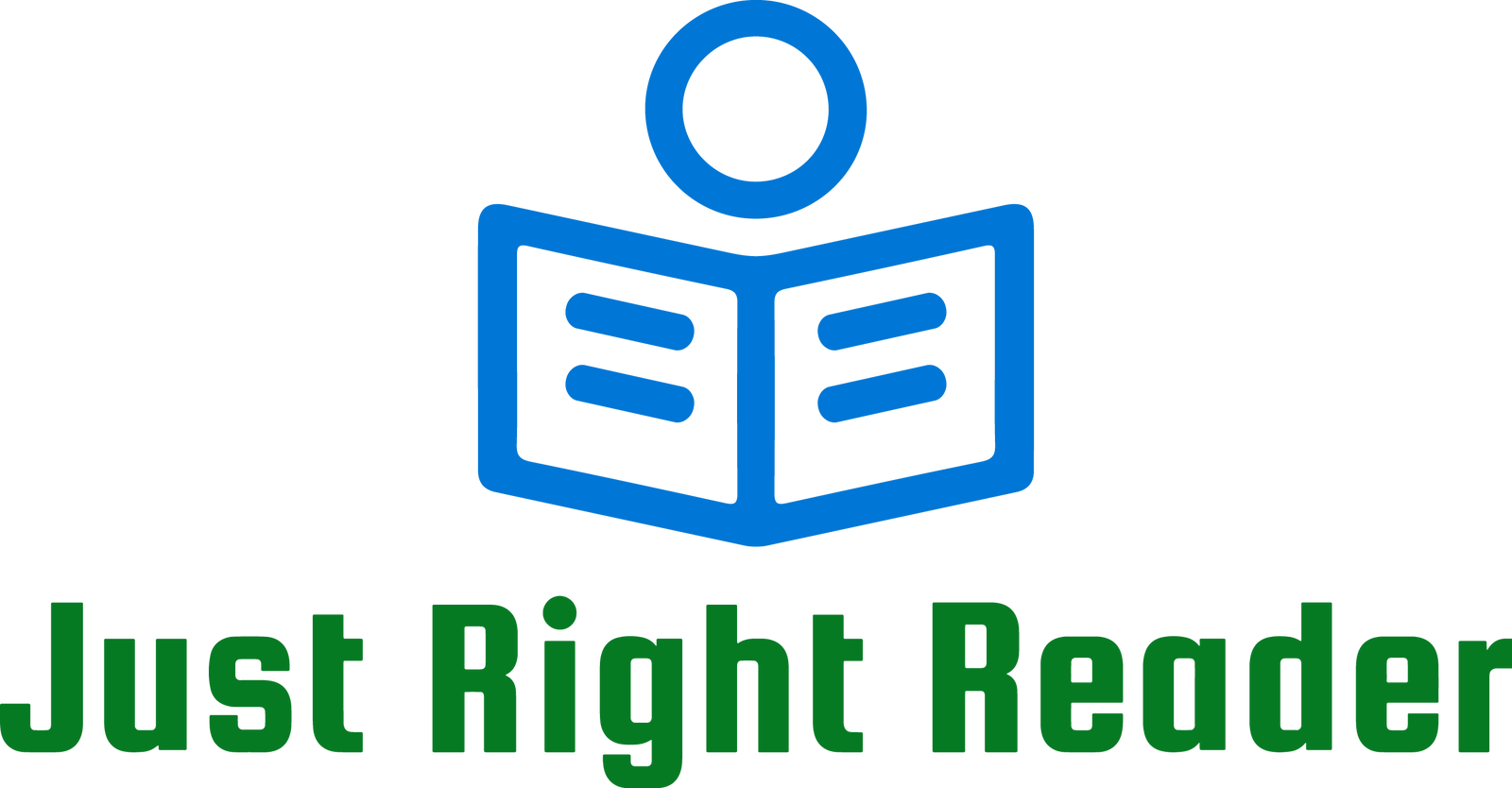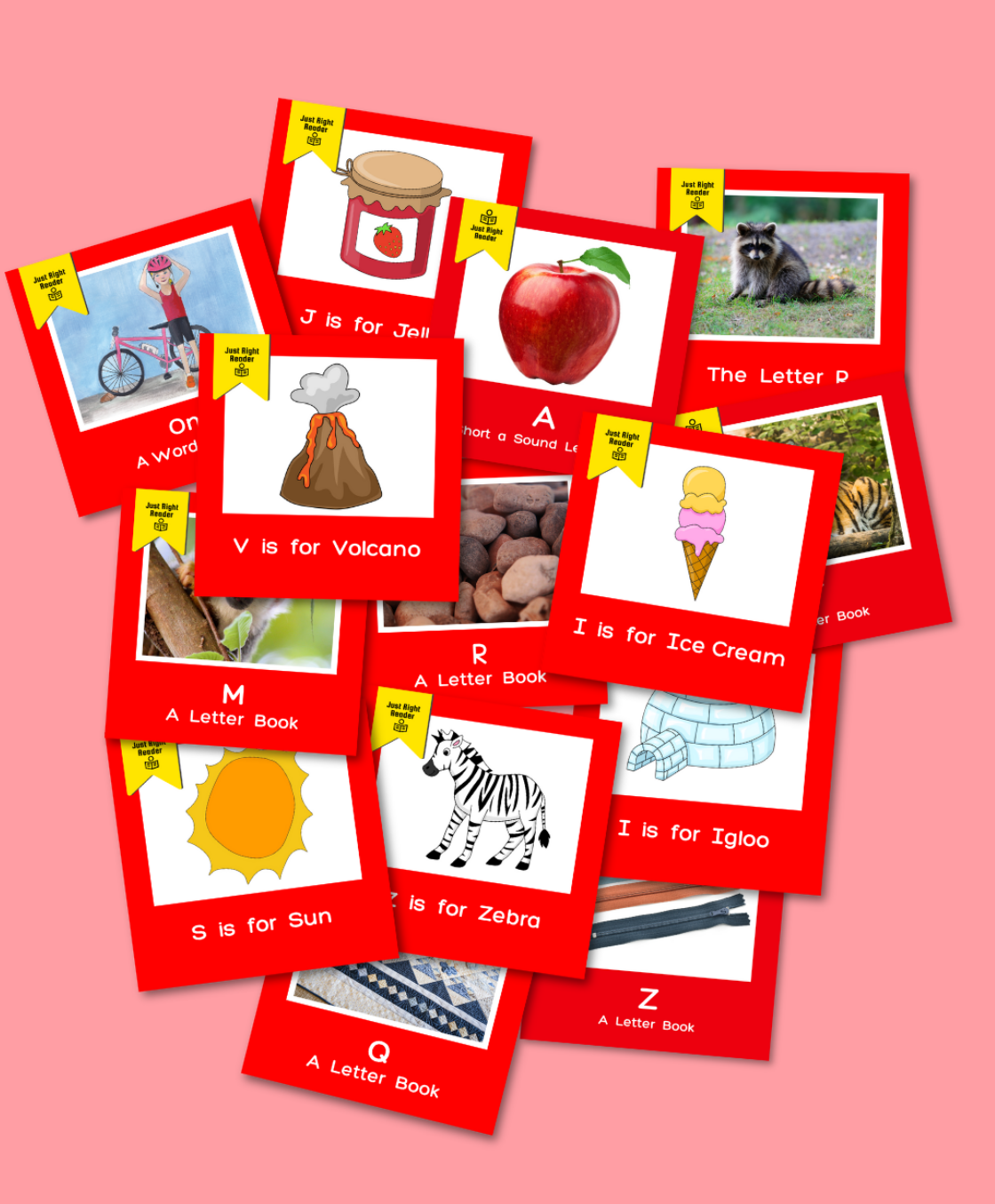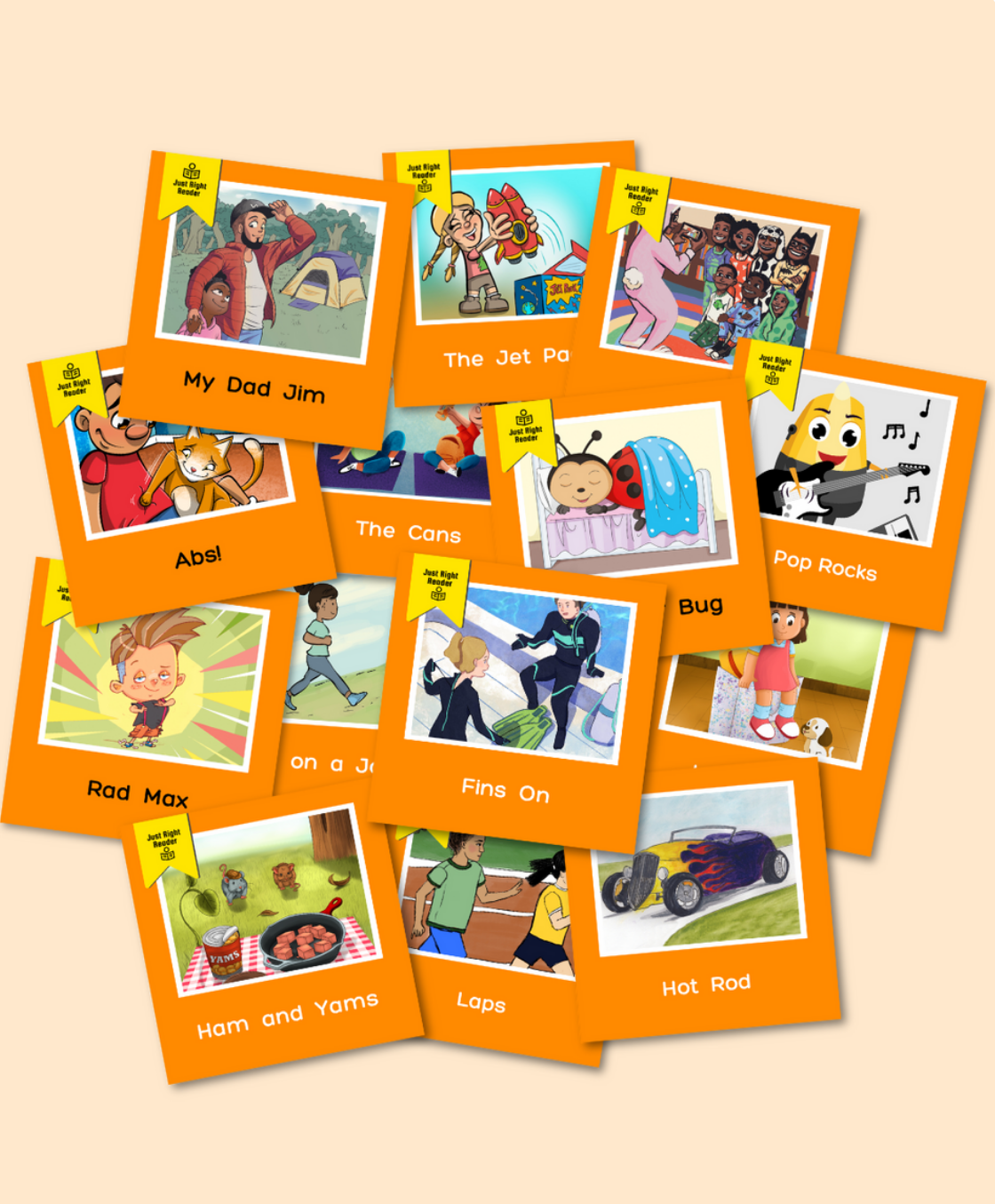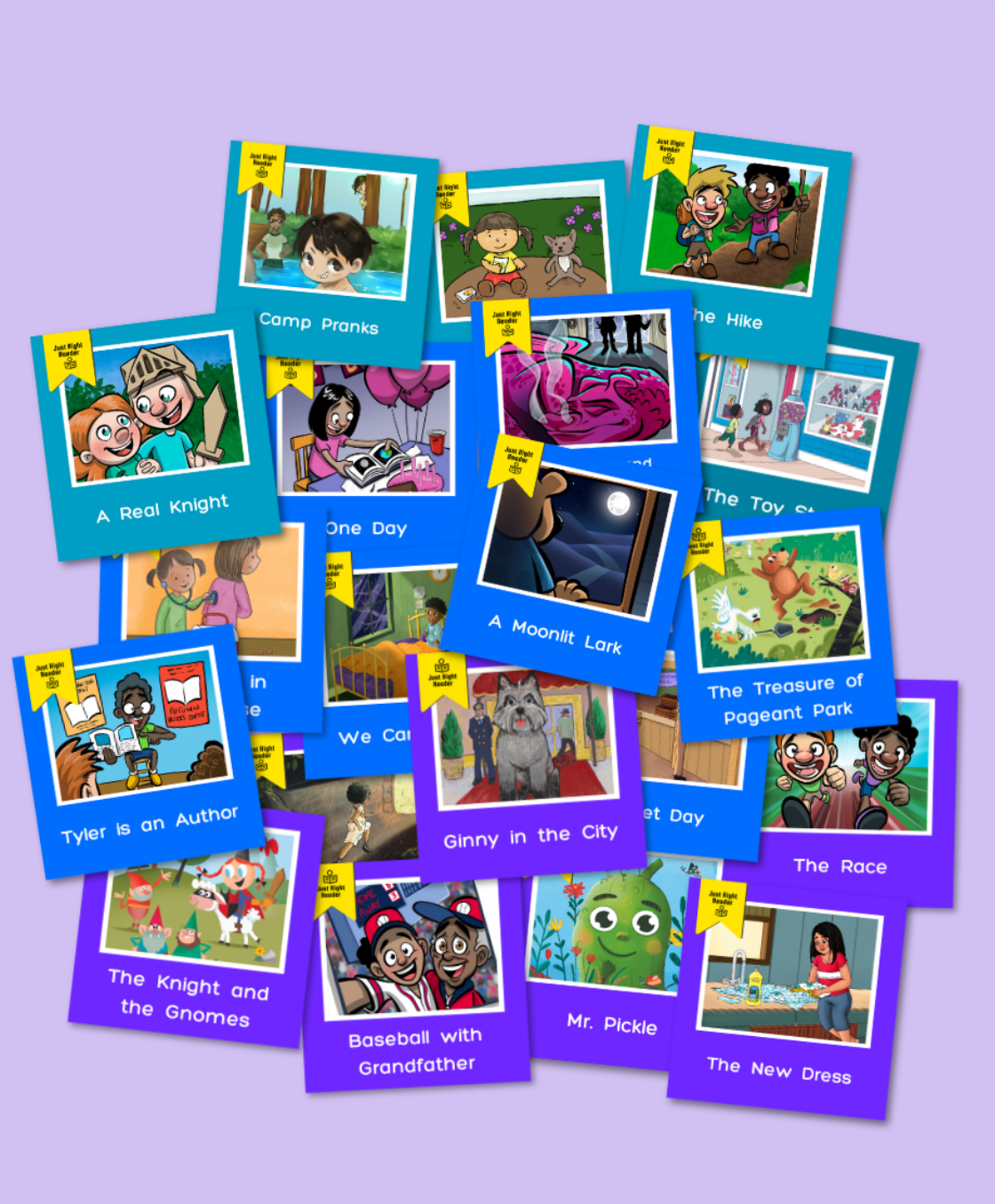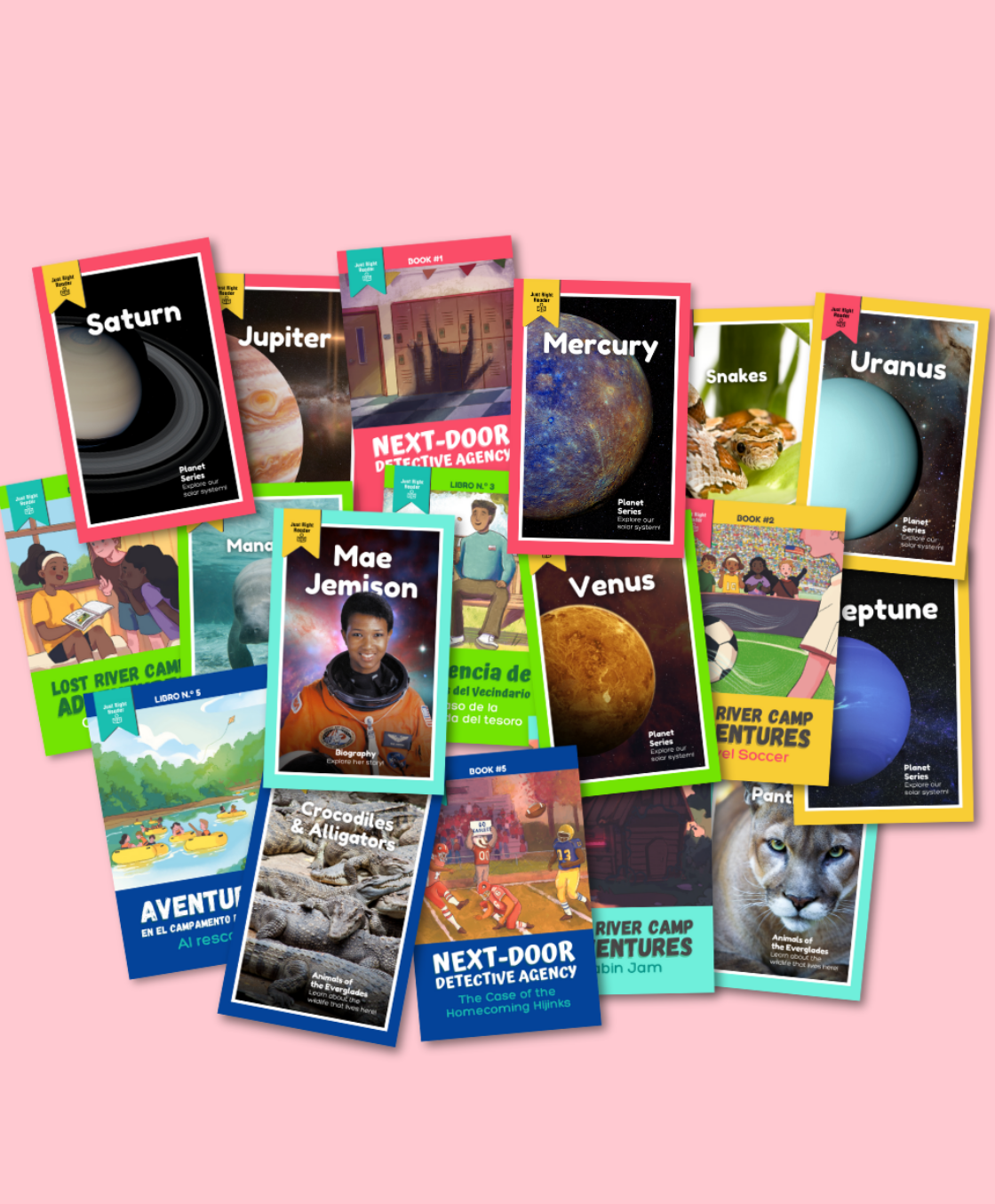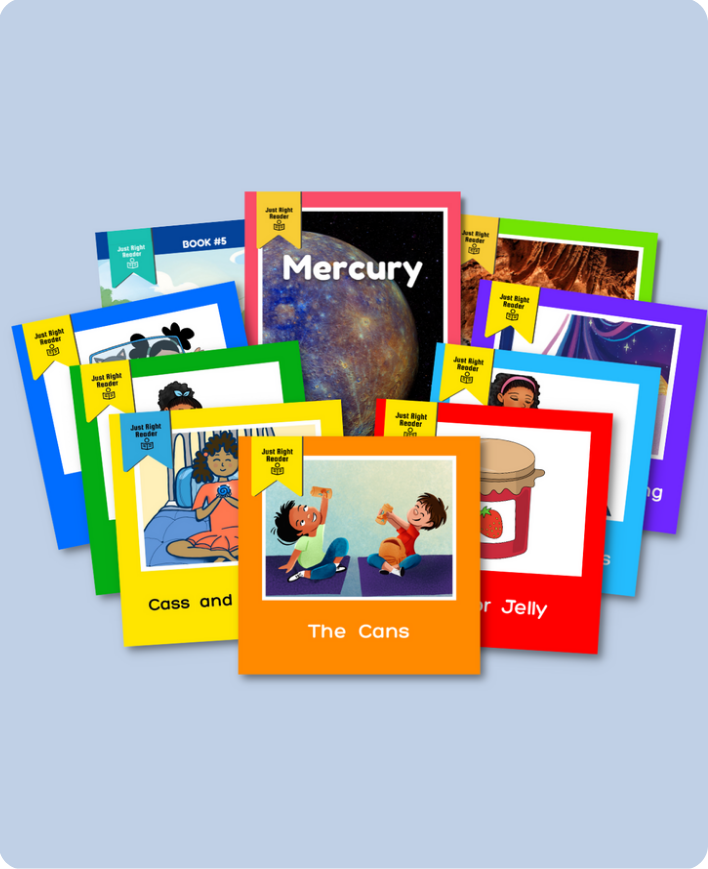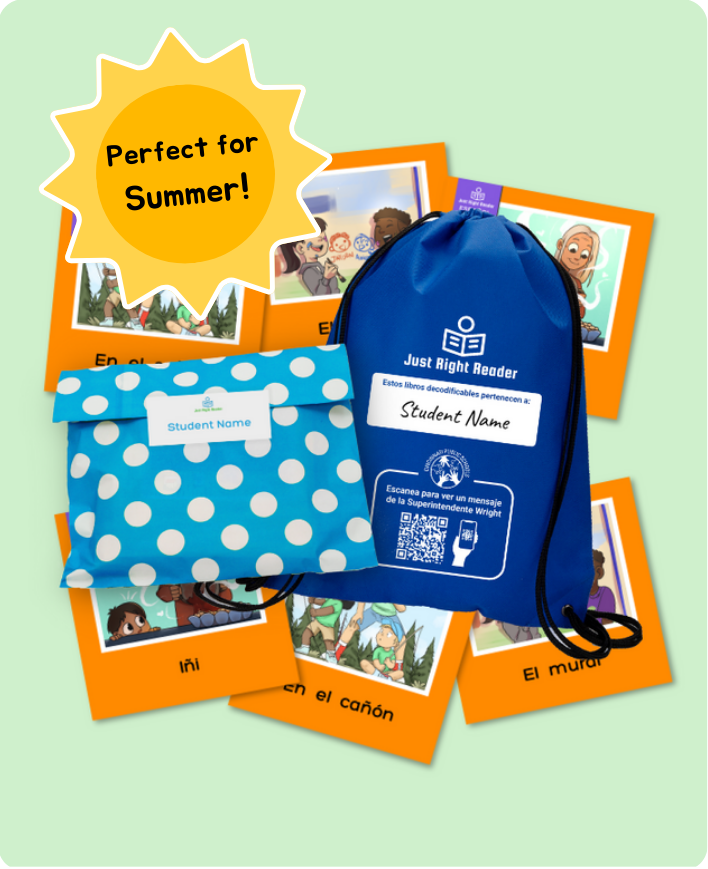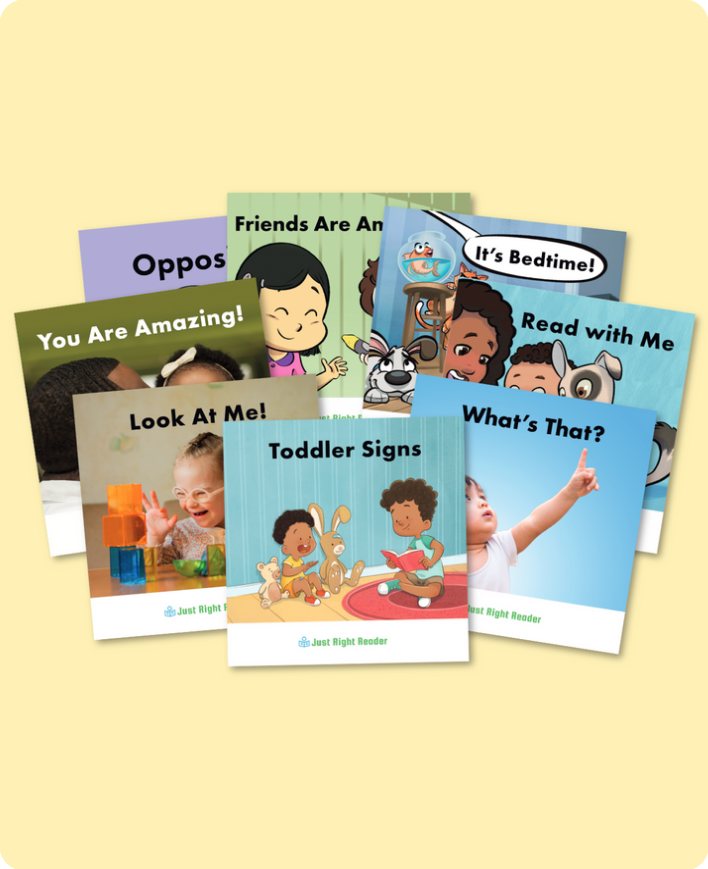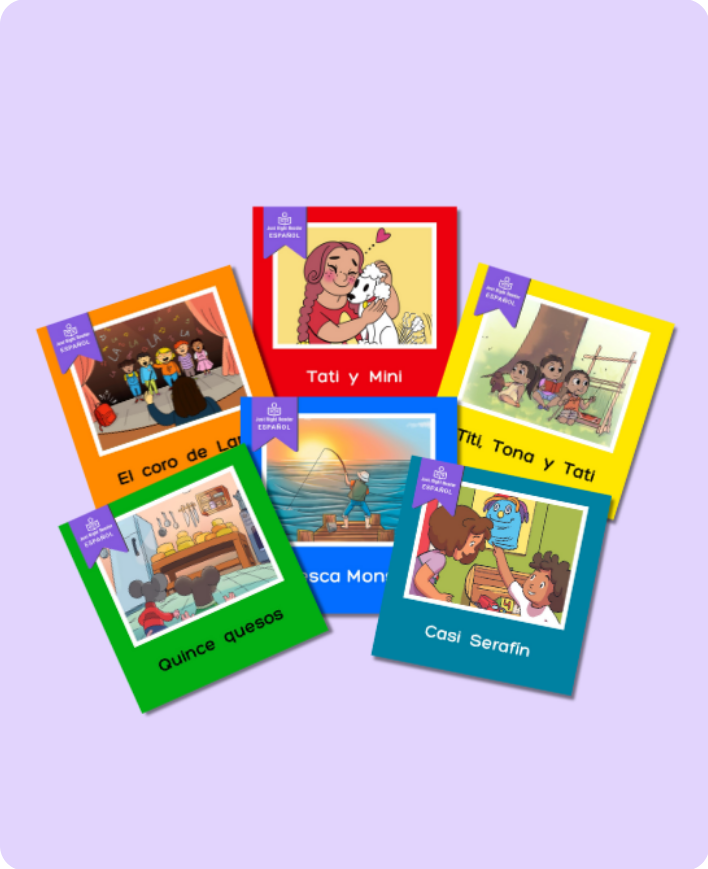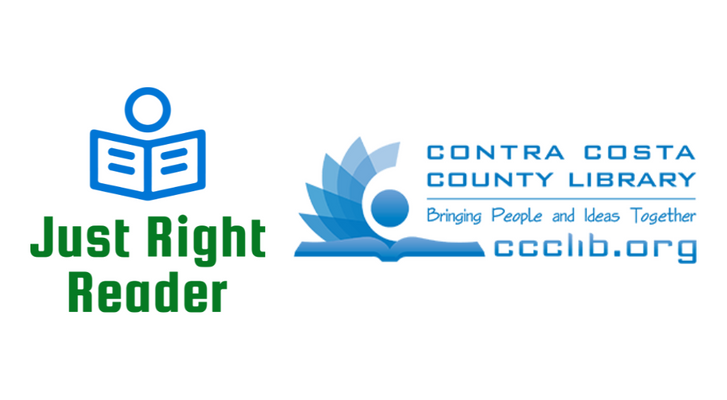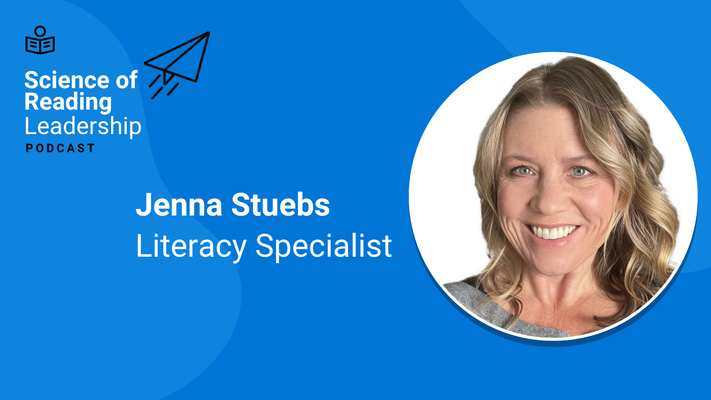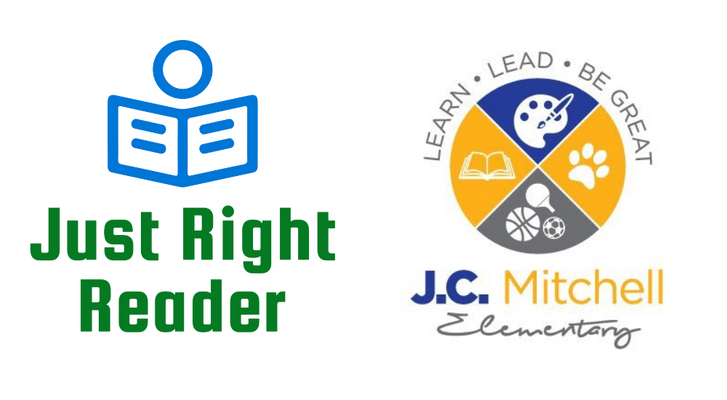
The Science of Reading is not a new term, but it has recently gained widespread attention nationwide.
This research-based approach to teaching reading has proven critical for increasing reading proficiency among students, leading to the adoption of evidence-based practices in schools across 40 states and the District of Columbia (Schwartz, 2024).
Many educators, parents, and stakeholders are curious about what the Science of Reading research reveals, which states have Science of Reading laws, and what practices are effective for teaching reading.
What is the Science of Reading?
TheScience of Reading, in simple terms, is a body of scientifically based research studies conducted over several decades. These studies aimed to understand how students learn to read and identify the best practices for effective instruction. The findings of these studies guide literacy instruction to ensure high-quality instruction and materials and successful reading experiences for students.
To clarify, experts stress that the Science of Reading is not:
- A single, specific component of instruction, such as phonics
- A program or intervention you can purchase
- A fad, trend, or new concept
We look to frameworks such as Gough & Tunmer's Simple View of Reading and Dr. Hollis Scarborough’s Reading Rope to better understand how early reading acquisition occurs. In 2000, the National Reading Panel identified five core reading areas necessary for effective literacy instruction.
These research studies and frameworks are a fundamental guide for teaching reading.
The Simple View of Reading
To comprehend what they read, students need word recognition and language comprehension proficiency.

Scarborough’s Reading Rope
Dr. Hollis Scarborough created this metaphorical rope to capture the complexity of learning to read.
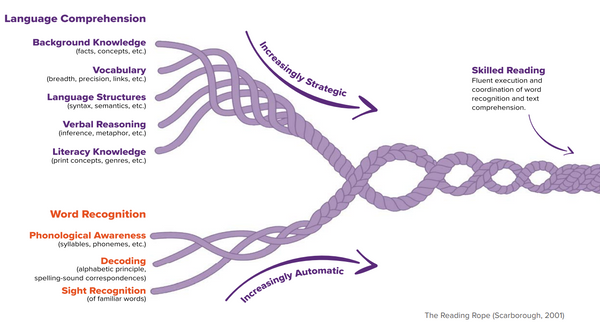
(Image source: The Reading League, 2022)
The Five Pillars of Reading
The National Reading Panel identified five critical components for an effective reading program.
Phonemic Awareness
Phonemic awareness is the skill of hearing, identifying, and manipulating individual sounds (phonemes) in spoken language. It forms the foundation of reading.
Phonics
Phonics involves teaching students to understand howsounds (phonemes) connect towritten letters (graphemes) to formletter-sound relationships (alphabetic) andspelling (orthographic)patterns.
Vocabulary
Vocabulary skills include knowing what words mean and how to use them in their correct context. A robust vocabulary is essential for comprehension and fluency.
Fluency
Fluency is the ability to read with speed, accuracy, and expression. Fluent readers can focus more on comprehending the text.
Comprehension
Reading comprehension is the understanding, interpreting, and making sense of text.
Our article,Science of Reading: What You Need to Know, provides further insight into the Science of Reading research.
Which states have passed Science of Reading legislation?
As of November 2024, 40 states and the District of Columbia have passed laws and policies on evidence-based reading practices in schools. These include requirements regarding instructional materials, coaching and professional development, teacher certifications, and assessments and interventions.
Although not every state has established laws and regulations regarding evidence-based curriculum and teaching practices, several states are introducing initiatives that offer guidance and recommendations for evidence-based curriculum and implementing teacher preparedness programs and certifications.
Use the map below to explore legislation passed in each state. Hover over a state to view details.
Learn how to implement evidence-based reading practices with Just Right Reader.
Researchers and literacy experts emphasize that reading research and science are dynamic and continuously evolving. This serves as a reminder that ongoing professional development for district leaders, educators, and even caregivers is critical for raising reading achievement for all students.
Just Right Reader provides multiple avenues for learning more about the Science of Reading from literacy experts, including the latest research and actionable strategies you can implement that raise reading achievement for all students.
Choose your preferred learning method: watching, listening, or reading.

Science of Reading Symposiums
Attend a virtual symposium led by literacy experts and school districts to learn the latest research strategies that raise achievement for all students.
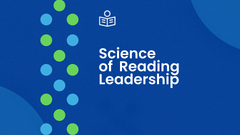
Science of Reading Leadership Podcast
Tune into our podcast for powerful discussions with district leaders, literacy experts, and researchers.
Listen on your favorite podcast platform.
Just Right Reader Blog
Read about the latest literacy research, tips for teaching reading, and what districts are doing to increase reading achievement nationwide.
Unpack the Science of Reading with Other Reputable Sources
Access additional information and insights regarding the research on the Science of Reading.
The Reading League’s Science of Reading Defining Guide
National Center on Improving Literacy, The Science of Reading: The Basics
What Makes a Strong Science of Reading-Focused Product or Resource?
In a recent EdWeek Market Brief interview, Dr. Heidi Anne Mesmer, Professor of Literacy Education at Virginia Tech, outlines eight key components districts should consider when selecting a top-tier Science of Reading-focused product.
Read Dr. Mesmer’s suggestions here.
References
The Reading League. Science of Reading: Defining Guide.https://www.thereadingleague.org/what-is-thescience-of-reading/
Schwartz, Sarah. (2024, January 24). Which States Have Passed ‘Science of Reading’ Laws? What’s in Them?Education Week. Retrieved Month Day, Year fromhttps://www.edweek.org/teaching-learning/which-states-have-passed-science-of-reading-laws-whats-in-them/2022/07
